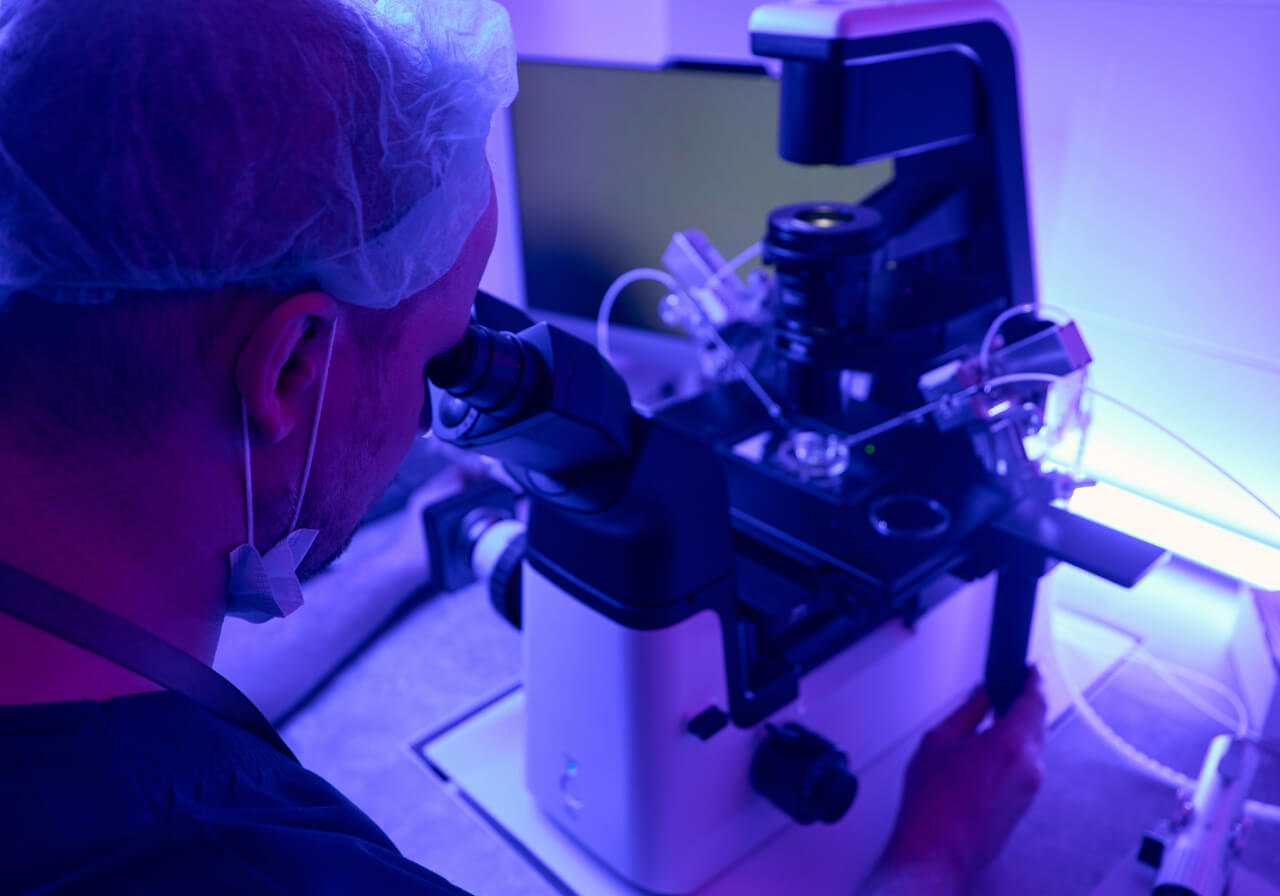Sperm Freezing
Men seeking to preserve their fertility, whether for health reasons or personal choice, can opt for sperm freezing, also known as sperm banking or cryopreservation. This secure and proven method has empowered individuals and couples to safeguard their future fertility on their own terms. It's important to note that children conceived through frozen sperm are just as healthy as those conceived naturally, with no increased risks for typical birth conditions. If you're considering sperm freezing, it's crucial for you (and your partner, if applicable) to thoroughly understand the process, ensuring adequate preparation and safeguarding of your specimen.




